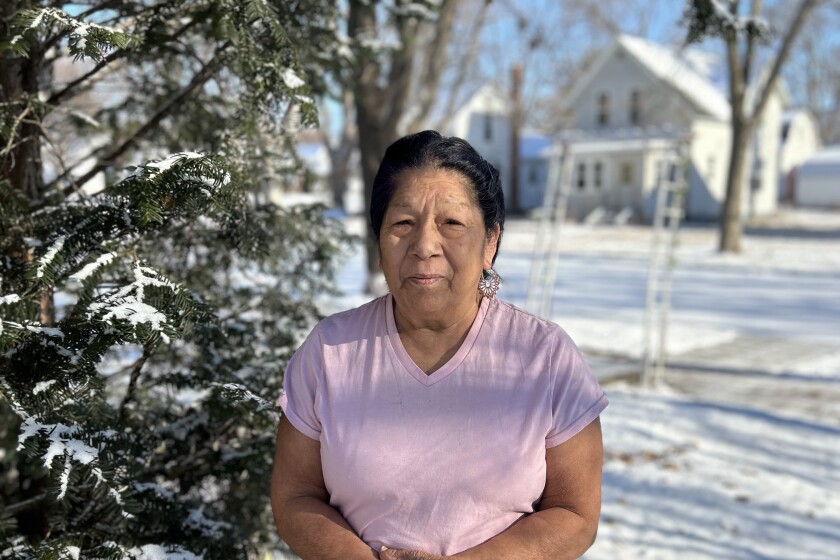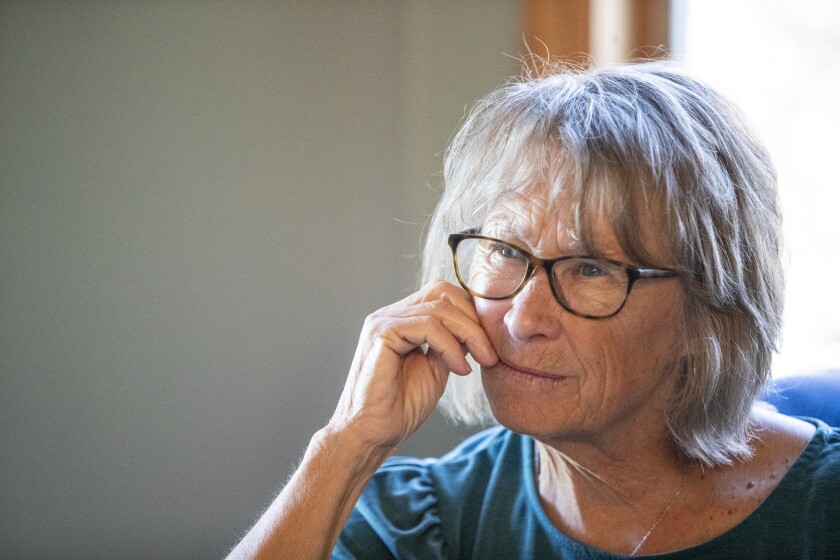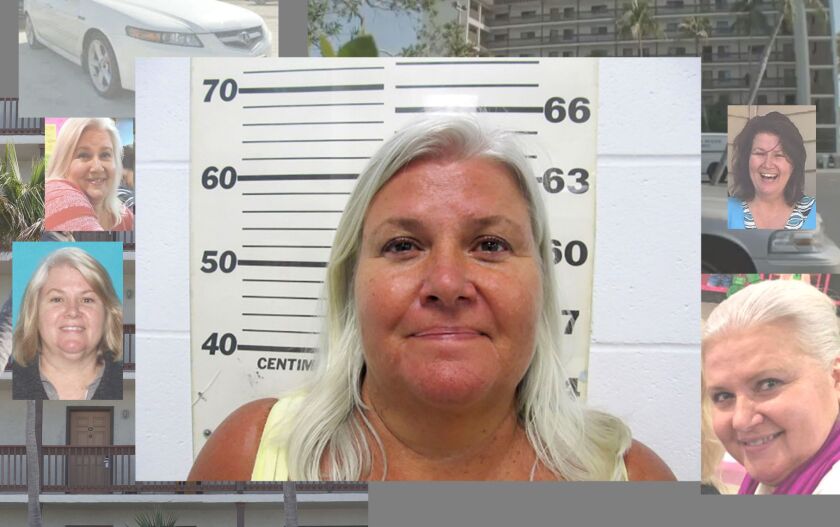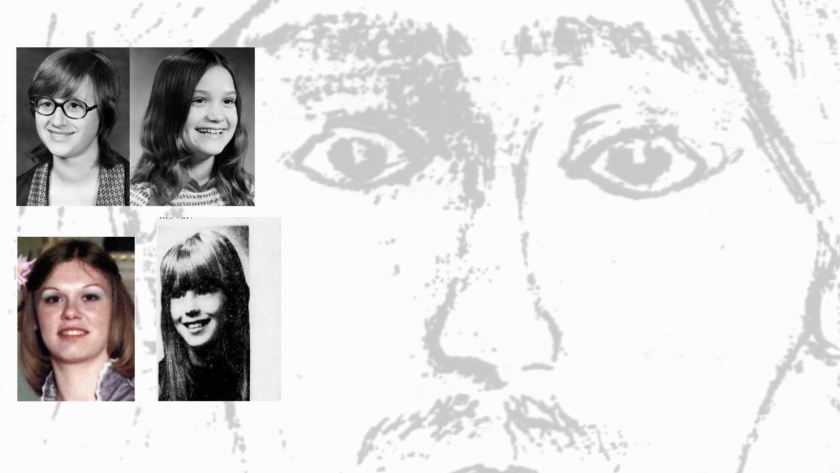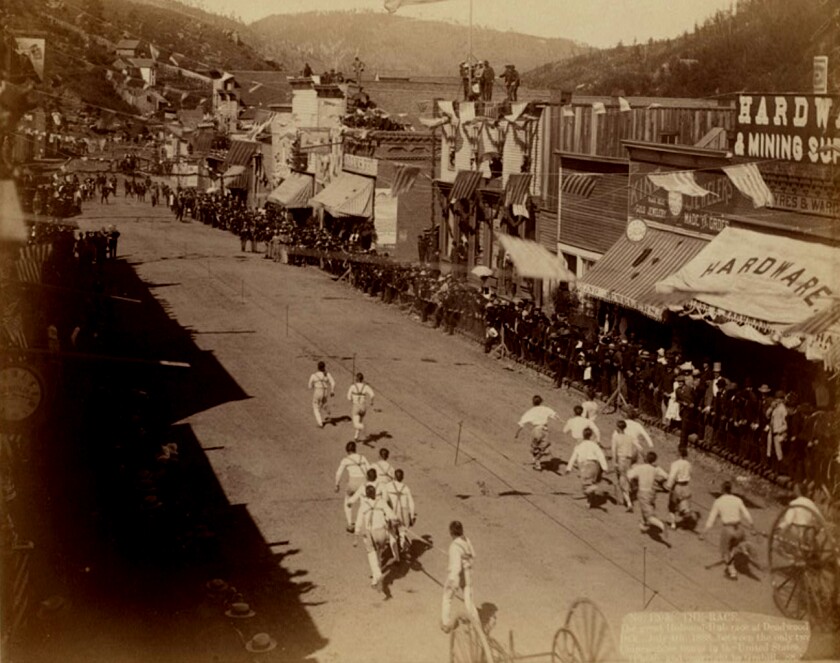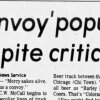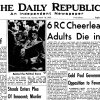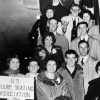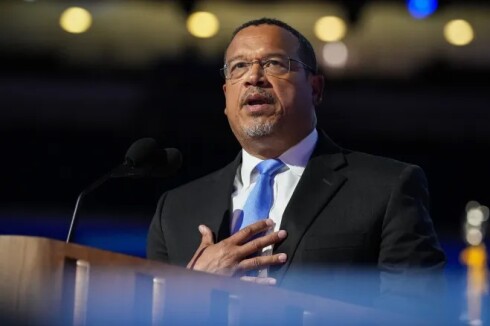Editor’s note: This is part 1 of an ongoing series on the investigation into the death of 36-year-old Refugio Rodriguez.
MONTEVIDEO, Minn. — Elouise Rodriguez awakes each morning mere blocks from the wooded walking path where her 36-year-old son’s body was discovered.
ADVERTISEMENT
A tree near the one she was told held the weight of his body is now adorned with a cross she and her family nailed in place, serving as a reminder of his life — and suspicious death.
Refugio Rodriguez was found dead in Chinhinta Park in Montevideo, Minnesota, on Sept. 20, 2020. The initial incident report indicated Refugio Rodriguez was found hanging from a tree by a passerby.
Montevideo Police Chief Ken Schule told Forum News Service in a recent interview that Refugio was, in fact, found on his knees, with a hose, attached to a tree, wrapped around his neck.
Refugio’s family members continue to grieve. They're angry and frustrated, and it appears they have some justification. A Forum News Service investigation shows police did not investigate credible leads. Critical details in the police report contradict the autopsy’s final summary. Evidence collected at the scene was ignored. And despite all that, police abruptly closed the case and labeled Refugio's death a suicide.
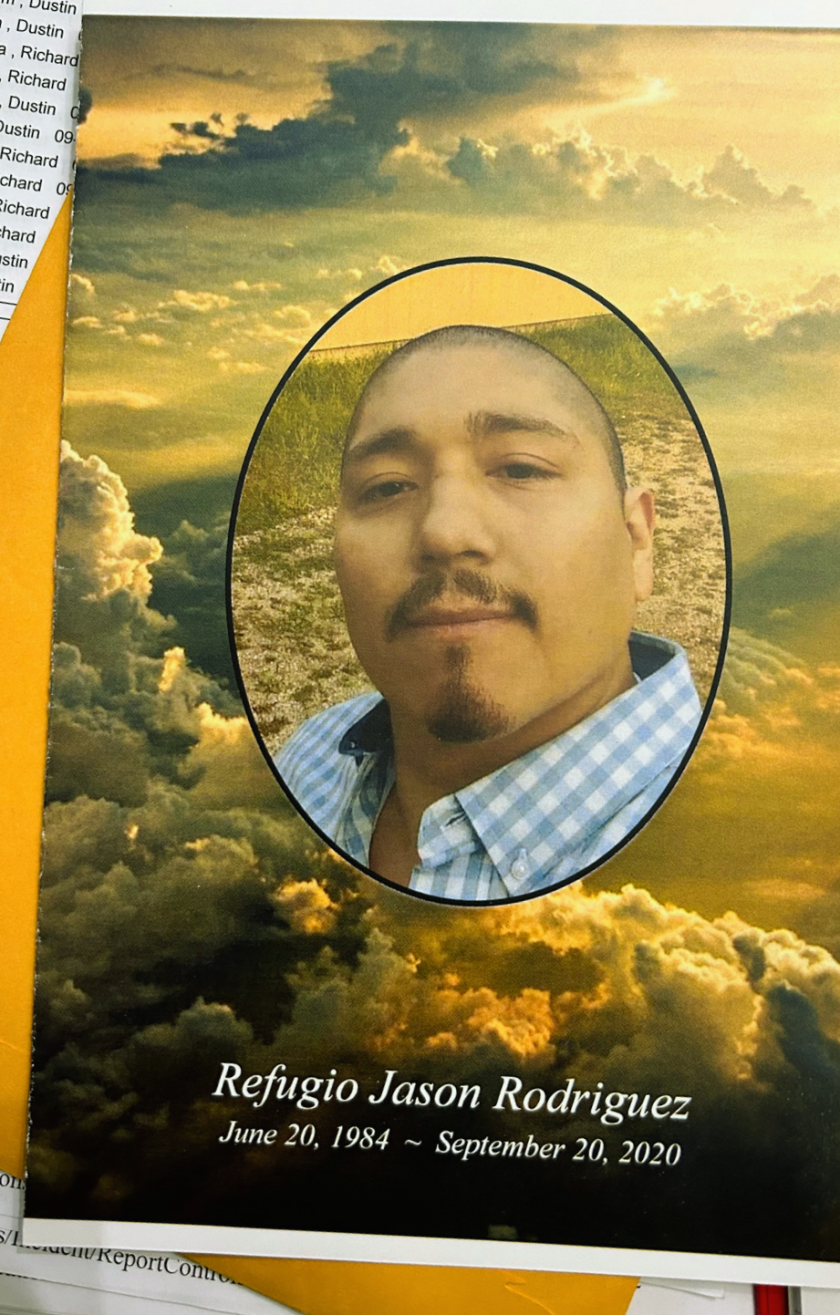
Police documents obtained by Forum News Service show the Montevideo Police Department did initially investigate the likelihood of foul play.
On the day of Refugio's death, four individuals told law enforcement his life had been threatened for allegedly working as a confidential informant for law enforcement, according to police reports. Yet no attempt was made by law enforcement to contact the names of those Refugio believed were after him.
‘A whole new life’
Refugio was released from prison just six days before he was found dead.
ADVERTISEMENT
He had been serving an 11-month sentence for fleeing police while carrying out a work assignment as part of what’s known as a “sentence to serve” program.
Refugio had been imprisoned before, yet his mother said this time was different. He was getting older, and he wanted to make a change for the better.
This time, though, he knew he would need a change of scenery to make that happen. He was battling drug addiction, and staying in the same situation that created the chaos can be problematic, even for the most committed.
“He just wanted to start a whole new life,” Elouise said. “A whole new life, you know. Without anybody putting him down and interrupting his life.”
Refugio’s plans to move away, to start over, were even more pressing considering the threats against his life.
Someone wanted him dead.
Refugio first learned someone had put a hit out on him while he was in prison. His mother, who had been made aware he was in danger, was the one to deliver the news. She feared the person who wanted her son dead would use connections on the inside to kill him in prison.
ADVERTISEMENT
So, when she picked her son up after he was released from the Rush City Correctional Facility on Sept. 14, 2020, she was relieved he was alive. They both were.
“I was so happy to go pick him up. And he was so happy,” Elouise said. “I could see it in his smile, coming out. I just hugged him, and I didn’t want to let him go.”
Their joy quickly vanished as Refugio learned that his life was still in danger, and the threat was even more dire.
Refugio told at least four people he was afraid for his life in the days before his body was discovered, investigators were told later, on the day of his death.
Their stories were all the same: Refugio had become a target of an individual who, through publicly accessible court documents, had identified him as a confidential informant who worked with law enforcement in April of 2019 to buy drugs from a suspected dealer. The drug deal resulted in a conviction for the sale of methamphetamine.
Aware that his life was in danger, he decided to make one final plea to the individual, who allegedly held his fate in their hands. He was going to beg for his life.
Forum News Service is not identifying the individual feared by Refugio, due to concern for the safety of Refugio’s family. The individual has also not been charged or convicted of a crime related to Refugio’s death.
ADVERTISEMENT
Days before his death, Refugio asked his mom for a ride. Elouise didn’t know why or where she was taking him, but she wanted to help. That’s what she’s hardwired to do.
As he came out of the home he had requested to visit, she realized something was terribly wrong.
“He was in there for a half hour or so, and he came out and he was crying,” Elouise said. “And I asked him why he was crying. He didn’t want to tell me, but then he said that the person had told him that he had until a certain time to prove that it wasn’t him. He had a limited time, or otherwise he was a goner.”
Just a few days later, he was found dead on the trail.
‘Leads were exhausted’
Montevideo Police Department Investigator Carmen Beninga chose not to investigate credible leads provided to her on the day of Refugio’s death, according to a Forum News Service review of police files. The cataloged details of the scene where Refugio was discovered differ from the medical examiner’s summary, and evidence police collected at the scene was never processed.
Yet the department closed Refugio’s case and labeled it a suicide.
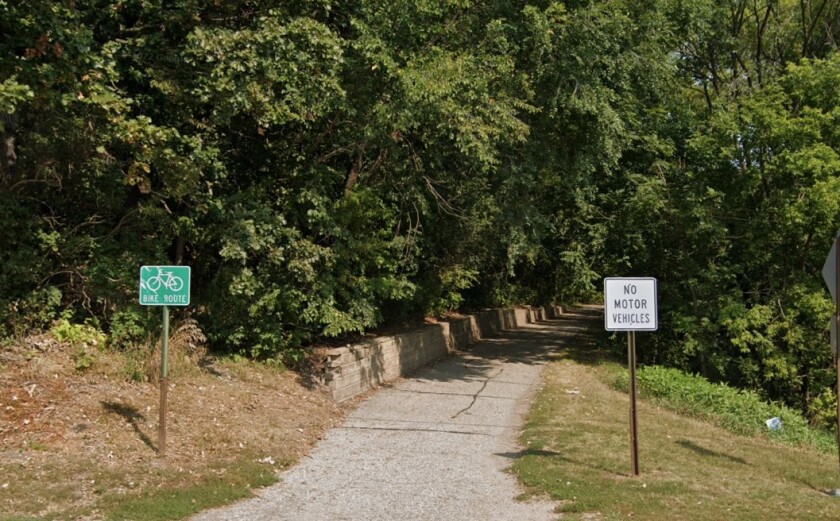
In interviews investigators conducted the day of his death, three individuals — interviewed separately by law enforcement — provided police with the same name of the person who threatened Refugio’s life. An additional individual provided the same story, without a specific name.
ADVERTISEMENT
More than one individual interviewed by police gave the names of two other people Refugio believed to be likely accomplices.
Despite the corroborating stories among those interviewed, law enforcement did not attempt to make contact with the individuals Refugio said he feared, according to the police report.
Forum News Service requested an interview with Beninga about the case and her investigation, and was instead directed to Schule, the department’s police chief. He said in an interview with Forum News Service that he was not able to say why his department made that choice, stating that he wasn’t the lead investigator.
“I couldn’t answer that for you,” he said.
Minnesota state law requires anonymity for confidential informants — and protection if they feel their life is in danger, as a result of their cooperation with law enforcement.
Because state law does not require law enforcement to release information about confidential informants, Forum News Service is not able to confirm that Refugio was, in fact, a confidential informant. However, the police report confirms he felt his life was in danger because someone believed he was a confidential informant.
In the hours after police discovered Refugio’s body, the responding officer collected cigarette butts found near Refugio’s body for DNA testing. Later, a search warrant was obtained to access his cell phone.
ADVERTISEMENT
Yet Beninga, the lead investigator on the case, halted the investigation, leaving key evidence collected at the scene unexamined.
The police department did not test the cigarettes for DNA, according to the police report. A search warrant was obtained to access Refugio’s cell phone. Law enforcement chose not to access the cell phone, citing the phone's passcode as a barrier to entry.
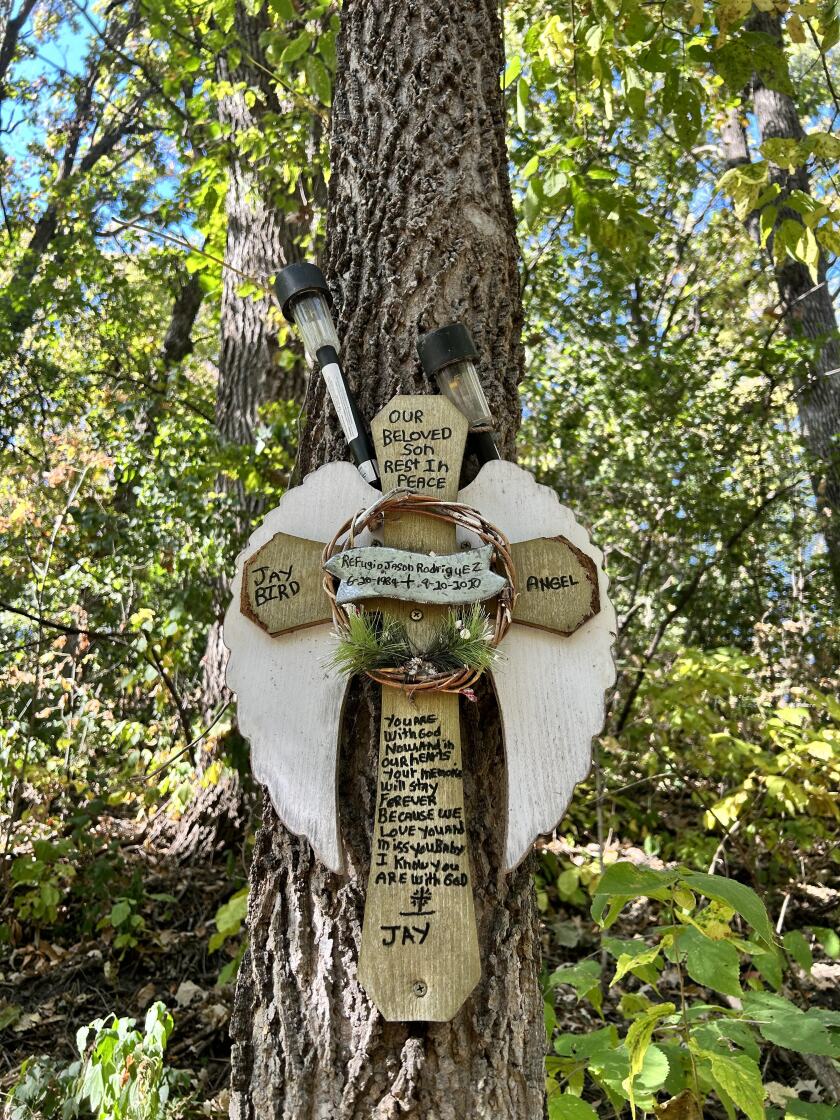
Police Chief Schule said they chose not to take steps to access the cell phone because of the cost to the department. He also referenced the Midwest Medical Examiner’s Office final summary, which was completed exactly one month after Refugio's death.
Schule told Forum News Service his team closed the case after receiving the final report detailing the autopsy of Refugio’s body, and exhausting all leads.
“With this investigation, it really got to the point where I had a conversation with Officer Beninga, too, where any of the leads or information that she obtained after the fact, including months afterwards, nothing was panning out at that point,” Schule said. “And, once we got the final autopsy result, there was nothing to suggest that there was any kind of foul play. That was the point where I was like, ok we’ve got to shut the case down.”
Police report vs. autopsy report
Refugio’s body was sent by the Montevideo Police Department on the day of his death to the Midwest Medical Examiner’s Office for an autopsy.
The official autopsy report by the Midwest Medical Examiner’s Office indicated Refugio’s body showed no defensive wounds. Based on the police department’s details regarding the scene of the death, and the autopsy findings, the medical examiner’s office classified the cause of death as a suicide by hanging.
“In consideration of the known circumstances surrounding this death and the examination of the body, the death is classified as suicide and ascribed to hanging,” Chippewa County Assistant Medical Examiner Veena Singh wrote in the final summary.
Yet troubling inconsistencies in the autopsy report and police report raise questions regarding the accuracy of information provided by law enforcement to the Midwest Medical Examiner’s Office.
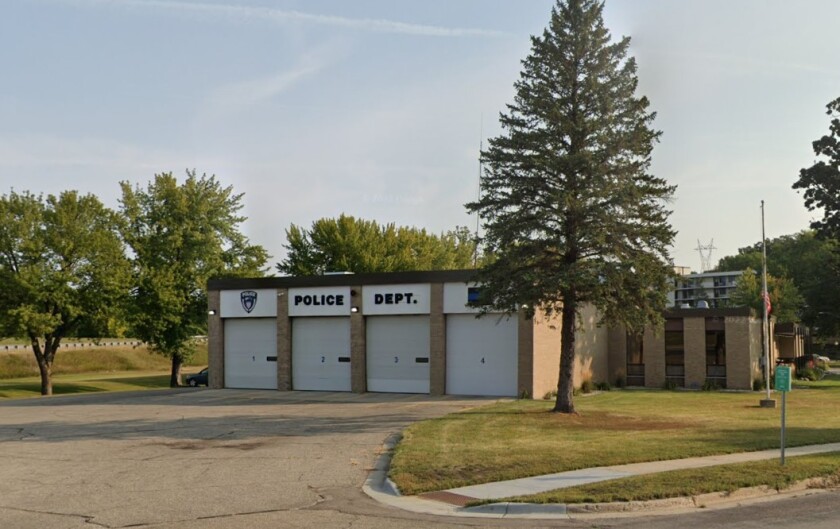
Beninga, the investigator who handled the case, was present at the time of the autopsy.
A report filed by the initial police officer on the scene states that when he discovered Refugio’s body, he removed Refugio’s wallet from his shorts. When he did so, a bag containing a crystalline substance was also discovered in his pocket.
The autopsy report paints a different picture — one in which Refugio’s belongings were scattered along the walking path. The medical examiner’s final summary states that Refugio’s wallet, “bag of meth,” cell phone and cigarettes were “found nearby.”
The medical examiner’s final summary also indicates that Refugio was found “partially suspended from a tree beside a walking path by means of a garden hose around his neck.” No reference is made to Refugio’s body being discovered on his knees.
No time of death was indicated in the autopsy report.
While Refugio’s family has had a copy of the autopsy report since the time it was released, they believed his partial suspension from the tree indicated he had been hanging. They only recently learned he had, in fact, been discovered on his knees.
If you have any information you feel could be valuable to this story, contact Trisha Taurinskas at ttaurinskas@forumcomm.com .
Editor’s note: This is a developing story. Look for part 2, coming soon.

